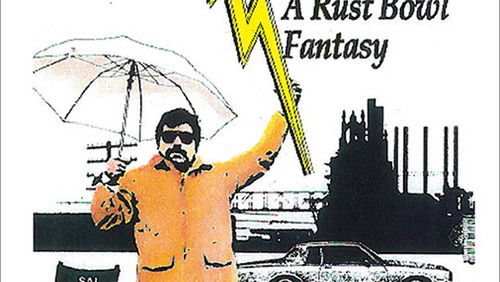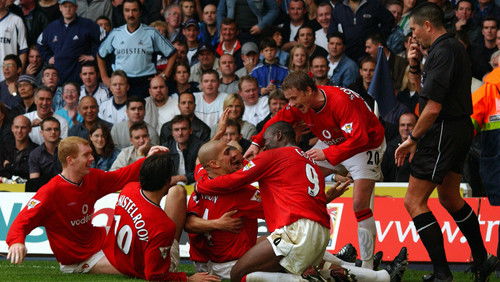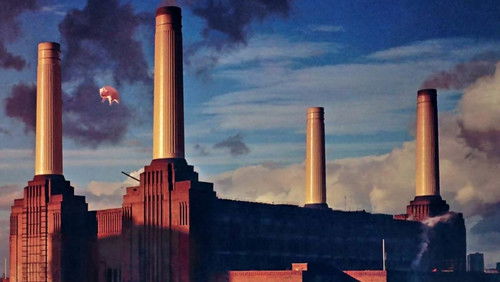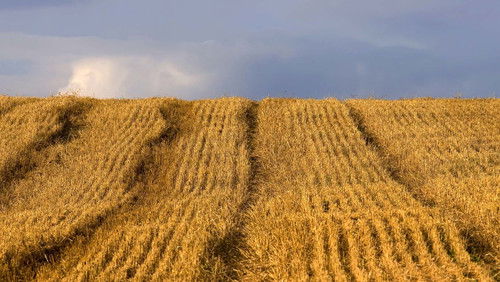Chasing Ice (2012)
19KChasing Ice: Directed by Jeff Orlowski. With James Balog, Svavar Jónatansson, Louie Psihoyos, Kitty Boone. Follow National Geographic photographer James Balog across the Arctic as he deploys time-lapse cameras designed for one purpose: to capture a multi-year record of the world’s changing glaciers.
“I enjoyed seeing Chasing Ice on the opening night of Austinu0026#39;s SXSW Film Festival, but I was also a bit disappointed by it. The film only partly delivers on its great promise, because it canu0026#39;t quite figure out whether itu0026#39;s a national geographic-style nature documentary, a personal adventure story or an environmental advocacy film. In the end, it tries to do all of these things and doesnu0026#39;t quite do any of them as well as it could. Chasing Ice is at its best when it documents Extreme Ice Surveyu0026#39;s (EIS) beautiful photography of the melting glaciers perhaps better than anyone has done before. While the photography delivers an emotional punch it canu0026#39;t really speak for itself. The scientific evidence requires a lot more explanation than they provide. The film starts out with clips of talking heads criticizing climate change, but they never fully answer the criticism and never fully defend the case that climate change is man-made, dangerous, and in need of an immediate global action to remedy. Nor do they provide any particular direction for what the viewer can do either personally or politically to address the problem.u003cbr/u003eu003cbr/u003eInstead they spend way too much telling their own story. They delve into the technical difficulties of mounting cameras to photograph distant glaciers over a period of years, the complexities of hiking to these locations, the personal danger and discomfort they had to endure, and most peculiarly the physical problems that lead photographer James Balog experienced with his knee problems and surgeries. All these personal stories are interesting to a point, but distract from scientific case that they need to make. This should be a scientific and environmental story not a personal narrative. The powerful case that the beautiful photography makes is undermined, by poorly conceived film narrative. The average viewer needs a lot better understanding of what the melting of the glaciers means and what sort of affect this will have on their daily life in the near future. A better narrative device might have been to show the melting ice of the glaciers and then film the rising sea level in other parts of the world. Some reports have suggested that the Maldives Islands might soon be underwater. Showing where the water from the melting glaciers is ending up could have proved to be a much more powerful narrative device. I wish they had done a better job at telling an important scientific story with deep political and moral significance for the planet.u003cbr/u003eu003cbr/u003eDuring the Qu0026amp;A after the film, Balog argued that this isnu0026#39;t a political problem, that it is a universal problem. It may be a universal problem, but its solution requires collective political action that is based on science not emotion. They are naive if they are unwilling to engage the powerful political debate that is preventing progress on this issue.”









